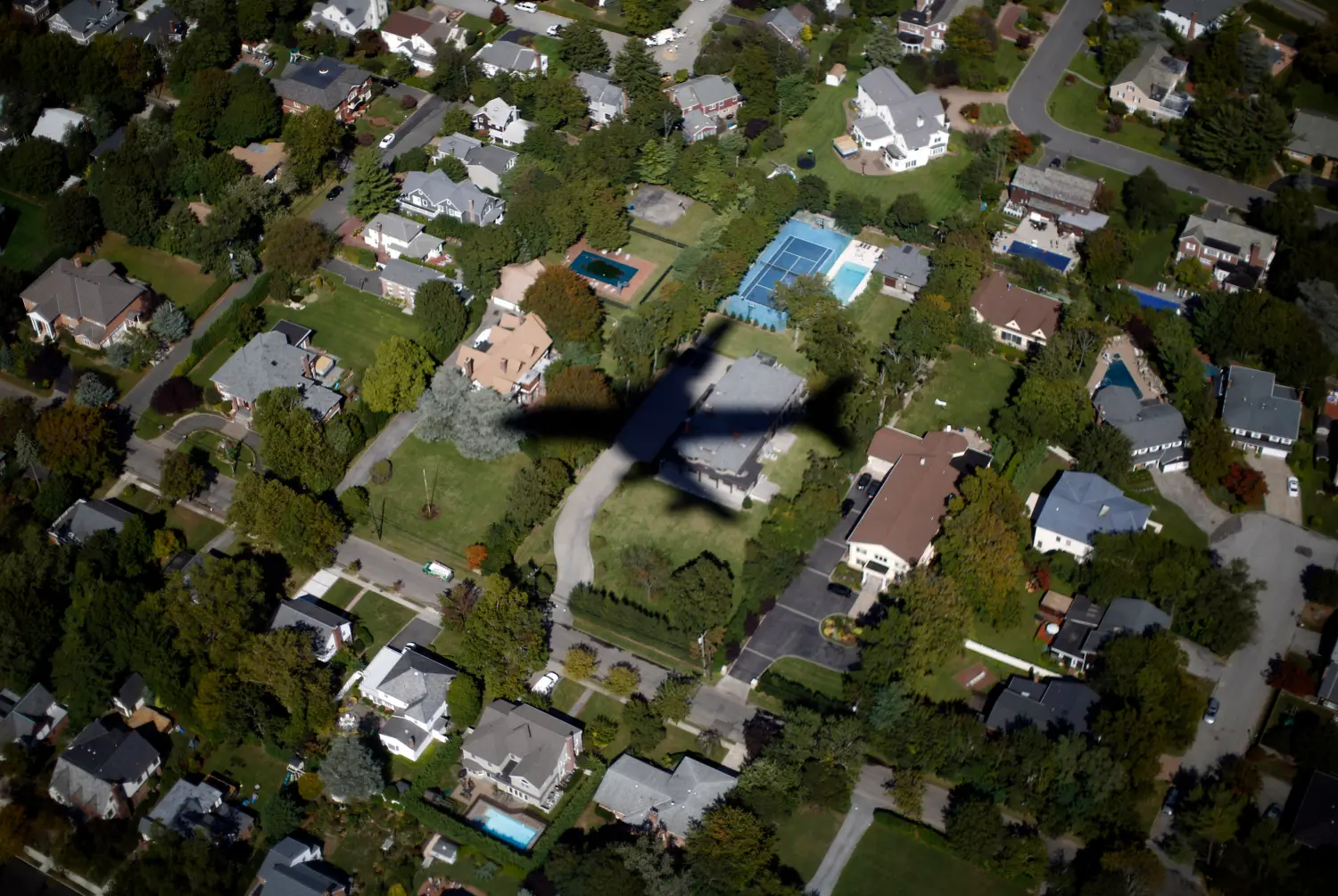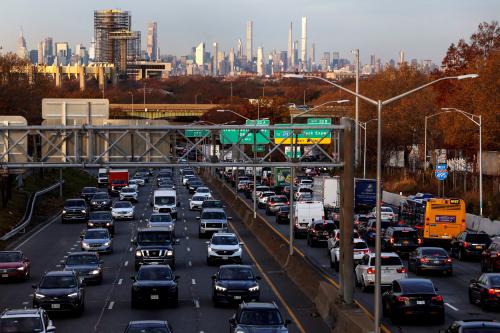FOREWORD
Despite many signs of central city revitalization, particularly in places like Boston and Chicago, the 2000 U.S. Census confirms that suburbs continue to dominate our country’s economic, social, and political landscape. As suburbs have become more demographically, economically, and politically powerful, they have also become much more varied. While it is common to talk about “the suburbs” as a group of homogeneous jurisdictions, they are in fact highly diverse.
At one end of the continuum lie older, first tier suburbs built in the early or mid-part of the 20th century that are experiencing central city-like challenges—aging infrastructure, deteriorating schools and commercial corridors, and inadequate housing. Like cities, these older communities and first suburbs require reinvestment and redevelopment. In some cases, like the southern suburbs of Philadelphia, Seattle, Atlanta, and Chicago, they also require broader responses to the issues presented by populations that contain disproportionate numbers of working poor families and aging homeowners. However, while some first suburbs are in decline, others are affluent and are doing quite well. Many of these places, while small in size, are the true anchors for metropolitan stability.
At the other end of the suburban continuum lies the newest ring of suburbs, emerging at the fringe of metropolitan areas. These places—Loudoun County in Northern Virginia, Douglas County outside Denver, the Route 495 corridor around Boston—are growing at a feverish pace. Yet it is a particular kind of growth—expansive, low-density, and auto-dependent. They represent the “exit ramp” economy, with office, commercial and retail facilities, and in many cases, high tech campuses, located along suburban freeways miles from the urban core. However, residents and businesses in these communities have found that suburban prosperity comes with the heavy, unanticipated price of traffic congestion, overcrowded schools, disappearing open space and diminished quality of life.
Until recently, most academic studies failed to describe adequately the range of suburban experiences. Many traditional urban scholars focused exclusively on demographic, social and market trends in central cities and did not distinguish between the first suburbs and those built after the 1970s. The lack of dedicated quantitative or qualitative analysis meant that the unique circumstances of older suburbs were hidden from view. In fact, the term “suburb” is still used in a very general way to describe a residential area or a community outlying a city and reinforces the notion that all suburban communities are the same and face similar challenges.
Yet the failure to appreciate the diversity of suburban experiences is not limited to academia. The differences between suburbs are rarely reflected in today’s policy debate around metropolitan growth. Strategies seem to be limited to either slowing growth at the suburban fringe or promoting growth in our central cities. As a result, older, first tier suburbs are often caught in a policy blindspot between the attention long directed to central cities and new attention focused on fast-growing exurban areas. First suburban challenges are generally not incorporated in central city reinvestment strategies nor are they reflected in efforts to address farmland consumption and hypergrowth on the suburban fringe.
Over the past several years, Bill Hudnut, the former Mayor of Indianapolis and one of America’s most astute urban observers and practitioners, has dedicated his substantial energies to describing the new metropolitan and suburban reality. His latest effort, Half Way From Everywhere: A Portrait of America’s First Tier Suburbs, recognizes the critical differences between suburban communities and tells a coherent and compelling story about those communities that came first.
As Hudnut astutely chronicles, older, first-tier suburbs are places where many of our nation’s most critical issues—educational reform, immigration and diversity, economic restructuring, neighborhood planning, social exclusion—are being played out on a daily basis. He focuses on the unique and substantial assets these places have to offer metropolitan America and highlights the loyalty, dedication and commitment of the people who live, work and play there. His thoughtful journey into the heart of these centrally-located communities uncovers a vitality and enthusiasm not tempered by decay, decline and disinvestment. Rather, he finds that interest in first suburbs has never waned and the desire to keep, or make, them strong still prevails.
As Hudnut recognizes, however, the path to maintaining first suburbs that are economically competitive, socially vital and fiscally sound ultimately lies with policy, political and organizational reform. If first suburbs are to address their challenges and realize their potential, the complex web of federal and state policies that currently undermine older communities and unfairly support newer communities will need to be fundamentally altered. If these policies are to be altered, political alignments at the regional, state and federal levels will need to be remade. Yet those alignments will only be remade if older suburbs (and their political representatives) achieve their collective voice and learn to operate more as a formal network of local governments than as a fragmented collection of parochial jurisdictions.
This book, therefore, is ultimately a call to action. The future of first suburbs will depend, in part, upon their ability to build political and legislative coalitions that reflect their unique set of issues and challenges. These coalitions will, by necessity, reach across spatial, partisan, ideological and disciplinary lines. They will be difficult to build and sustain. They will require local jurisdictions to change the way they do business and relate to each other.
The stakes are very high. Older suburbs—because of their location, condition and demographic composition—are uniquely positioned to exert a positive influence on future growth and development in metropolitan America. Coalitions of these jurisdictions could find themselves wielding enormous influence—aligning on some issues (e.g., educational aid, economic development) with the central city, on other issues (e.g., land preservation/reclamation) with rapidly growing suburbs and rural areas. In short, first tier suburbs could help reset major spending, tax and regulatory policies in favor of existing communities, where the bulk of the metropolitan population already reside. That would be nothing short of a policy revolution and could, if implemented vigorously, ultimately shape metropolitan communities that sprawl less, preserve more and offer all citizens greater access to employment and educational opportunities.
The full book may be purchased at ULI-Urban Land Institue.
The Brookings Institution is committed to quality, independence, and impact.
We are supported by a diverse array of funders. In line with our values and policies, each Brookings publication represents the sole views of its author(s).




Commentary
Op-edForeword of “”Half Way From Everywhere: A Portrait of America’s First Tier Suburbs”” by William Hudnut
June 1, 2003